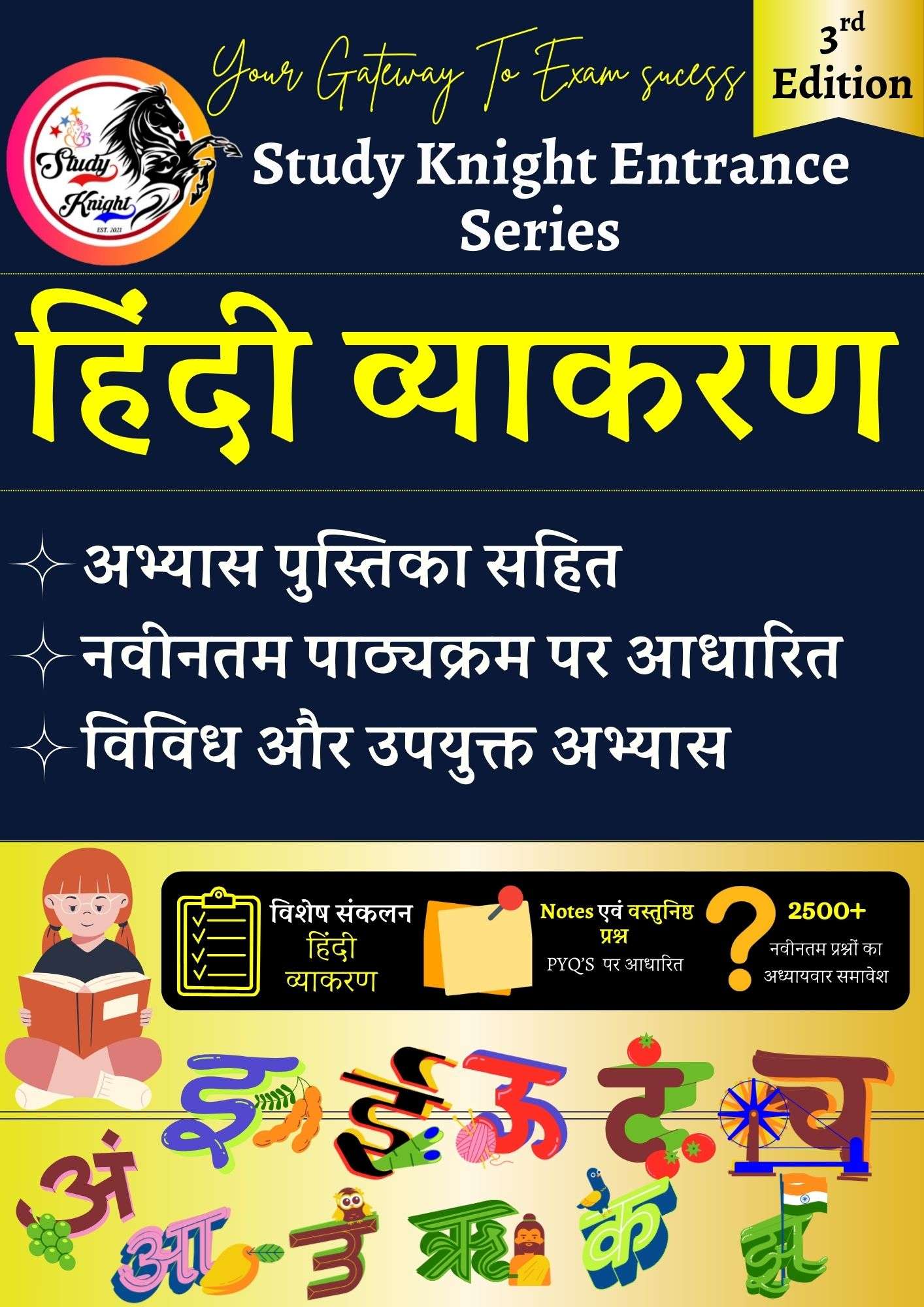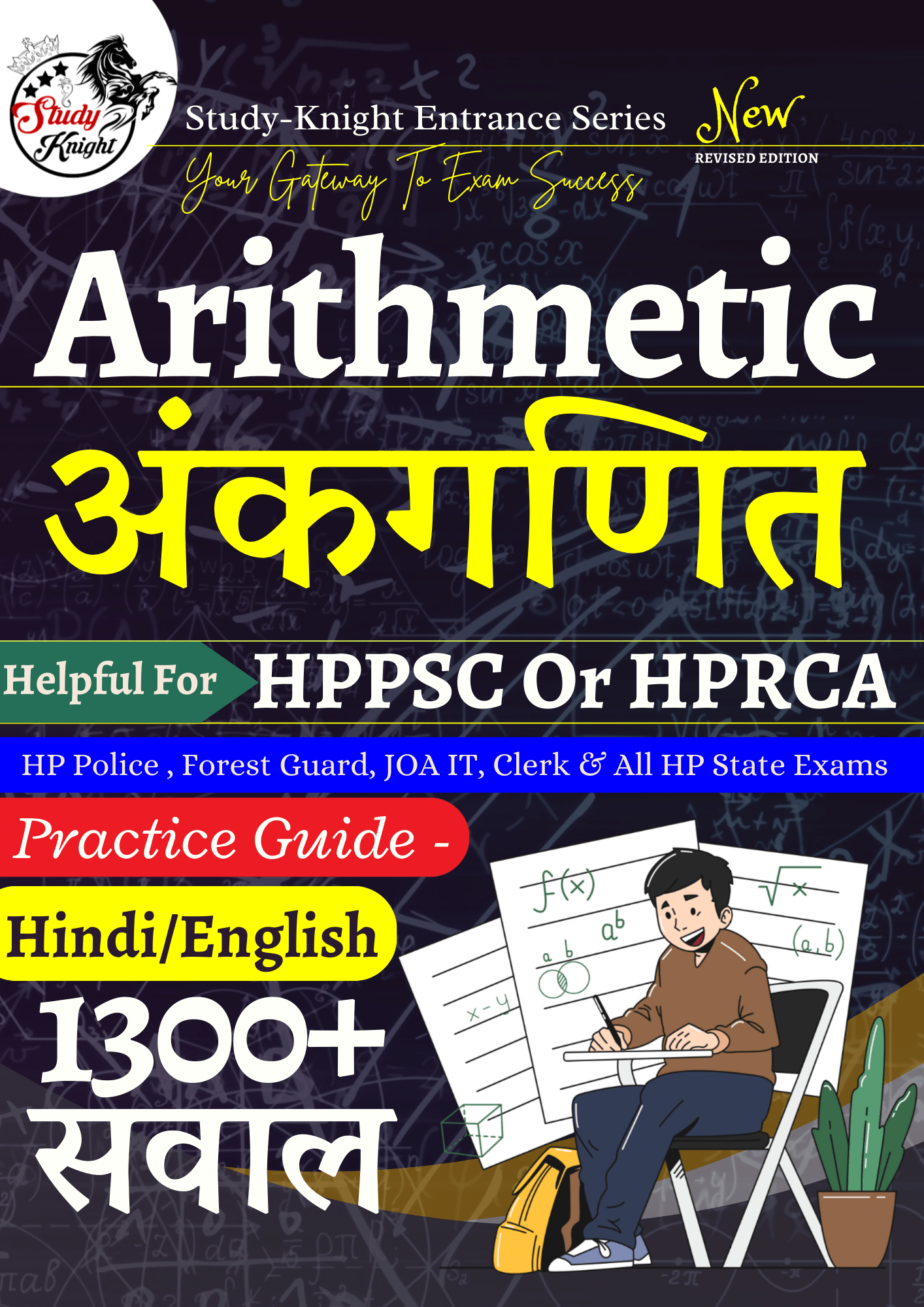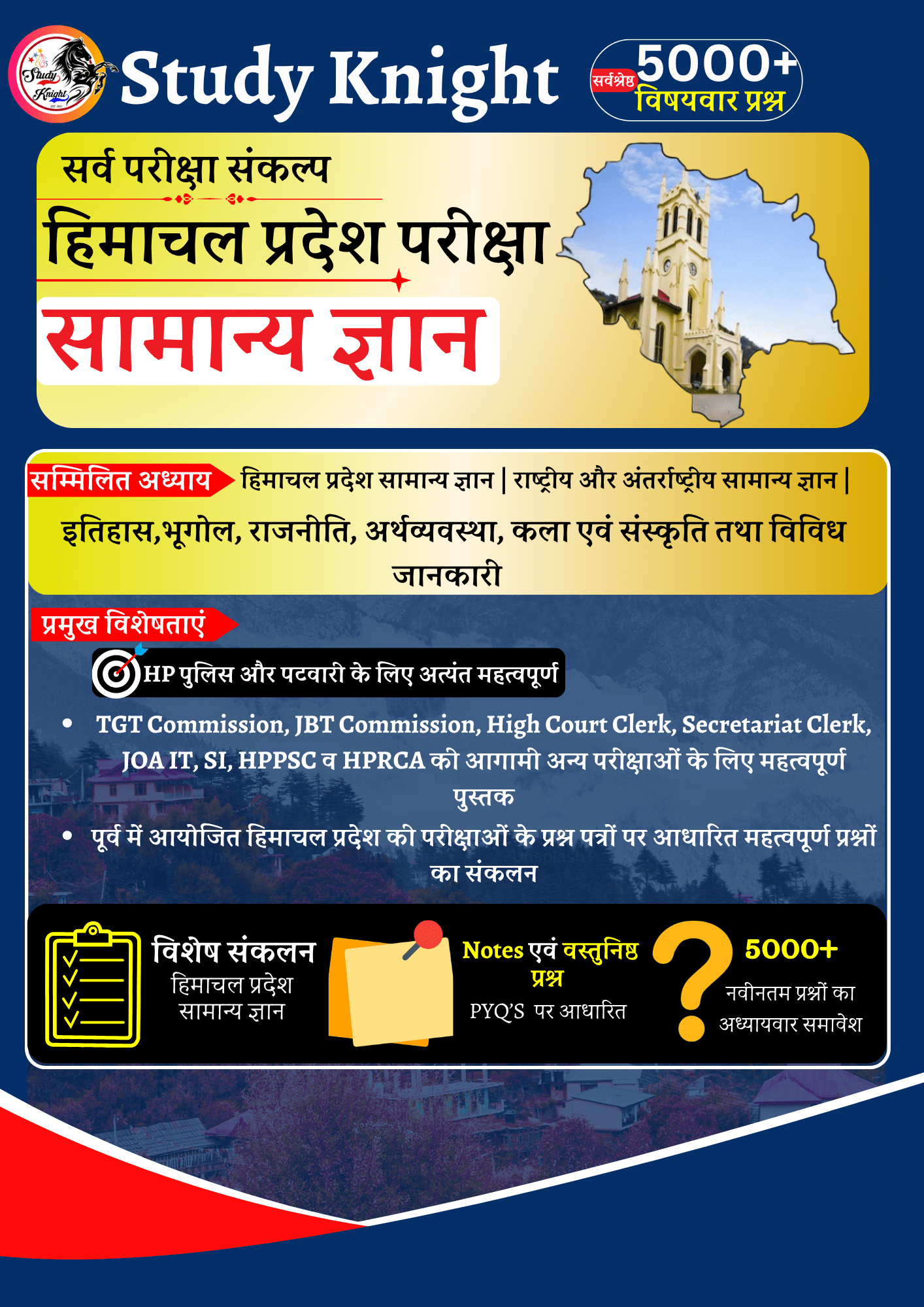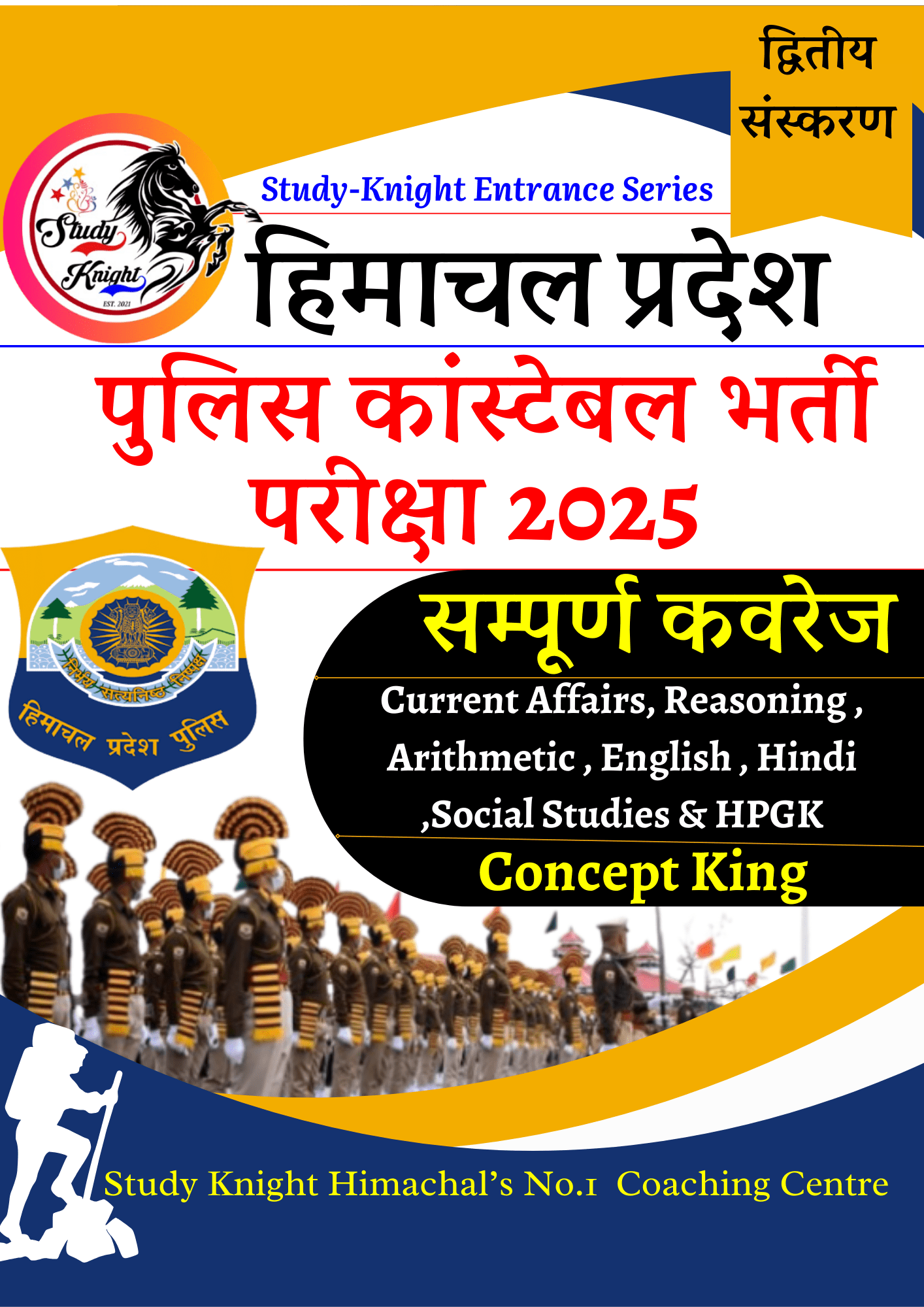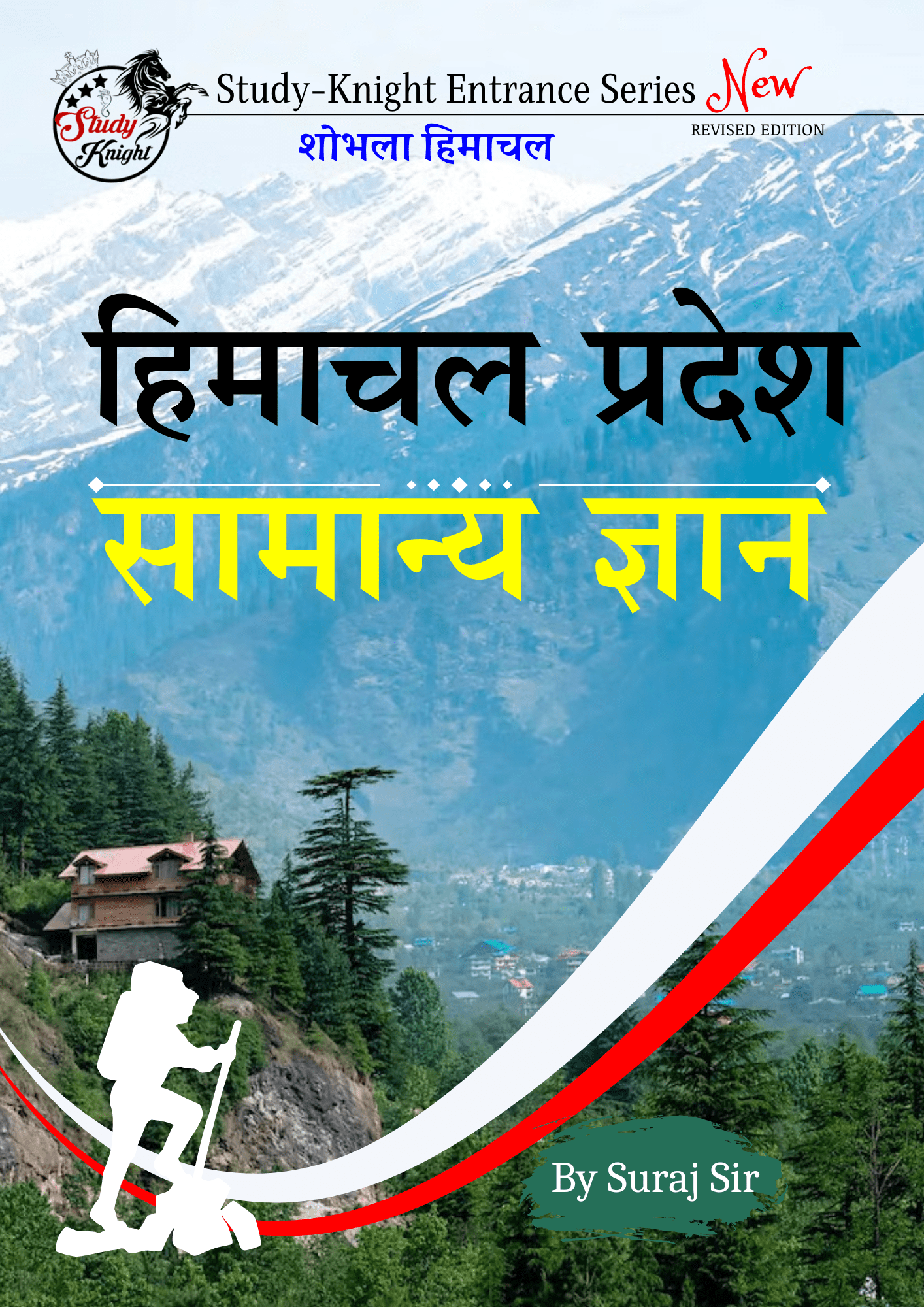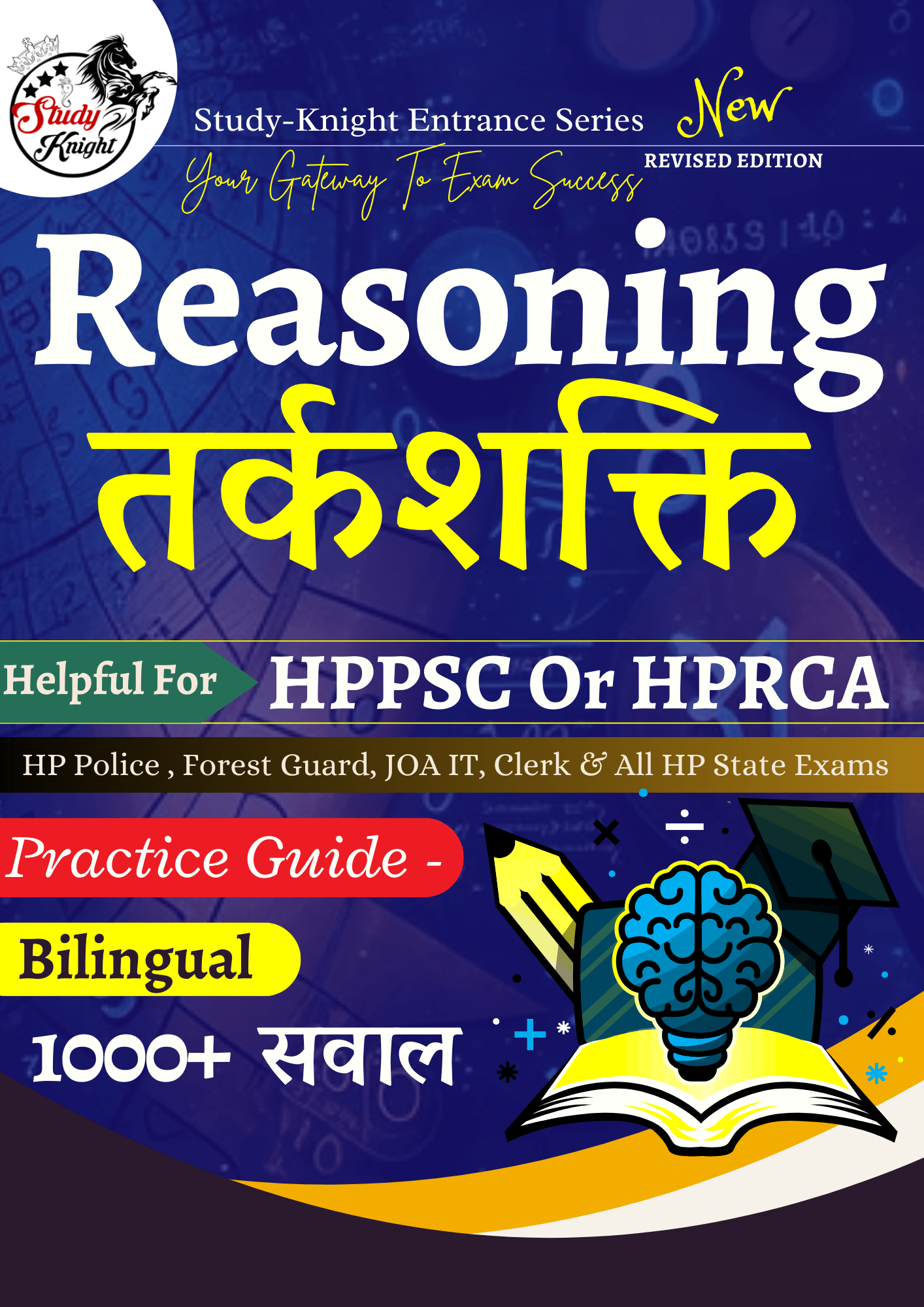Census of District Kinnaur 2011 – Himachal Pradesh
Population Overview:
- Total Population: 84,121
- Male Population: 46,249
- Female Population: 37,872
- Percentage of State Population: 1.23%
- Rank Among Districts: 11th
- Urbanization: The district is entirely rural with no urban areas.
Also Read This: Brief Geography of Kinnaur
Geography:
- Villages: 660 (241 inhabited and 419 uninhabited)
- Tahsil/Sub-Tahsil: 5 tahsils and 1 sub-tahsil
- Population Density: 13 persons per square kilometer (state average: 123 persons per square kilometer)
Population Growth:
- Growth Rate (2001-2011): 7.39%
- Population in 2001: 78,334
- Net Addition: 5,787
Sex Ratio:
- Overall Sex Ratio: 819 females per 1,000 males
- Sex Ratio (0-6 Age Group): 963 females per 1,000 males
Work Participation Rate:
- Total Workers: 66.90% of the population
- Main Workers: 55.61%
- Marginal Workers: 11.28%
- Non-Workers: 33.10%
- Main Workers by Gender: 64.67% male, 44.55% female
- Marginal Workers by Gender: 8.55% male, 14.63% female
Literacy:
- Total Literates: 60,699 (80% of the population aged 7 and above)
- Male Literacy Rate: 87.27%
- Female Literacy Rate: 70.96%
- Literacy Gap: 16.31 percentage points between males and females
Religious Distribution:
- Hindu: 64,732 (76.95%)
- Buddhist: 18,086 (21.50%)
- Christian: 485 (0.58%)
- Muslim: 448 (0.53%)
- Sikh: 249 (0.30%)
- Jain: 26 (0.03%)
- Others: 42 (0.05%)
- Not Available: 50 (0.06%)
Educational Institutions:
- University Education: 1 Government Degree College located at Rekong Peo, serving Kinnaur and Spiti (sub-district of Lahaul & Spiti).
Languages:
- Mother Tongue Distribution (2001 Census):
- Kinnauri: 59,071
- Hindi: 8,210
- Nepali: 4,812
- Bhotia: 3,785
Scheduled Castes and Scheduled Tribes:
- Scheduled Castes (2011): 14,750 (17.53% of the total population)
- Scheduled Tribes (2011): 48,746 (57.95% of the total population)
Summary: Kinnaur is a predominantly rural district with a significant population engaged in agriculture and traditional occupations. The district has a unique cultural and religious composition with a majority Hindu population followed by a substantial Buddhist community. The literacy rate shows a notable gender gap, and the district’s remote location impacts accessibility and connectivity, particularly during severe weather conditions.
1. What is the total population of Kinnaur district according to the Census 2011?
a) 78,334
b) 84,121
c) 90,456
d) 70,500
2. What percentage of the total population in Kinnaur district is Hindu?
a) 76.95%
b) 71.50%
c) 82.00%
d) 65.00%
3. How many tahsils are there in Kinnaur district?
a) 3
b) 4
c) 5
d) 6
4. What is the sex ratio (females per 1,000 males) in Kinnaur district as per Census 2011?
a) 819
b) 850
c) 900
d) 870
5. What is the population density of Kinnaur district per square kilometer?
a) 13
b) 25
c) 50
d) 70
6. What was the growth rate of Kinnaur’s population between 2001 and 2011?
a) 5.20%
b) 7.39%
c) 8.50%
d) 6.10%
7. How many literates are there in Kinnaur district according to Census 2011?
a) 60,699
b) 55,000
c) 65,000
d) 70,500
8. What is the proportion of Buddhist population in Kinnaur district?
a) 18,086 (21.50%)
b) 20,000 (22.50%)
c) 15,000 (18.00%)
d) 12,500 (15.00%)
9. What is the work participation rate in Kinnaur district according to Census 2011?
a) 66.90%
b) 60.50%
c) 70.20%
d) 75.00%
10. Which language is reported as the mother tongue by the largest number of people in Kinnaur district during Census 2001?
a) Hindi
b) Kinnauri
c) Nepali
d) Bhotia
Answers:
- b) 84,121
- a) 76.95%
- c) 5
- a) 819
- a) 13
- b) 7.39%
- a) 60,699
- a) 18,086 (21.50%)
- a) 66.90%
- b) Kinnauri
Here’s a table summarizing the key demographic data for Kinnaur District from the 2001 and 2011 censuses and projections for 2024:
Population and Demographics
| Description | 2011 Census | 2001 Census | Projected 2024 |
|---|---|---|---|
| Total Population | 84,121 | 78,334 | 90,600 |
| Male Population | 46,249 | 42,173 | – |
| Female Population | 37,872 | 36,161 | – |
| Population Growth (2001-2011) | 7.39% | 9.91% | – |
| Population Density (per sq. km) | 13 | 12 | – |
| Percentage of State Population | 1.23% | 1.29% | – |
Sex Ratio
| Description | 2011 Census | 2001 Census | 2024 Projected |
|---|---|---|---|
| Overall Sex Ratio | 819 females/1,000 males | 857 females/1,000 males | – |
| Child Sex Ratio (0-6 Age Group) | 963 females/1,000 males | 979 females/1,000 males | – |
Literacy Rates
| Description | 2011 Census | 2001 Census | 2024 Projected |
|---|---|---|---|
| Overall Literacy Rate | 80.00% | 75.20% | – |
| Male Literacy Rate | 87.27% | 84.30% | – |
| Female Literacy Rate | 70.96% | 64.40% | – |
Child Population (0-6 Age Group)
| Description | 2011 Census | 2001 Census | 2024 Projected |
|---|---|---|---|
| Total Child Population | 8,246 | 9,304 | – |
| Child Population Percentage | 9.80% | 11.88% | – |
Rural vs. Urban Population
| Description | 2011 Census | 2001 Census | 2024 Projected |
|---|---|---|---|
| Rural Population | 100.00% (84,121) | 100.00% (78,334) | – |
| Urban Population | 0.00% | 0.00% | – |
Houseless Data
| Description | 2011 Census |
|---|---|
| Total Houseless Population | 22 |
| Percentage of Total Population | 0.026% |
Educational Institutions
| Description | 2011 Census |
|---|---|
| Government Degree College | 1 (located at Rekong Peo) |
The table provides a comprehensive overview of demographic changes, literacy rates, and other key statistics for Kinnaur District over the specified years and projections.
Q.1 What was the total population of Kinnaur District in the 2011 Census?
A. 78,334
B. 84,121
C. 89,400
D. 90,600
ANSWER: B
EXPLANATION: The total population of Kinnaur District as per the 2011 Census was 84,121.
Q.2 What was the male population of Kinnaur District according to the 2011 Census?
A. 42,173
B. 46,249
C. 48,746
D. 50,900
ANSWER: B
EXPLANATION: The male population of Kinnaur District in the 2011 Census was 46,249.
Q.3 What was the female population of Kinnaur District in 2001?
A. 36,161
B. 37,872
C. 38,500
D. 40,000
ANSWER: A
EXPLANATION: The female population of Kinnaur District in 2001 was 36,161.
Q.4 How many villages are there in Kinnaur District?
A. 419
B. 660
C. 241
D. 360
ANSWER: B
EXPLANATION: Kinnaur District has a total of 660 villages.
Q.5 What was the sex ratio in Kinnaur District as per the 2011 Census?
A. 857 females per 1,000 males
B. 819 females per 1,000 males
C. 940 females per 1,000 males
D. 963 females per 1,000 males
ANSWER: B
EXPLANATION: The sex ratio in Kinnaur District in the 2011 Census was 819 females per 1,000 males.
Q.6 What was the child sex ratio (0-6 age group) in Kinnaur District in 2011?
A. 979 females per 1,000 males
B. 963 females per 1,000 males
C. 900 females per 1,000 males
D. 850 females per 1,000 males
ANSWER: B
EXPLANATION: The child sex ratio (0-6 age group) in Kinnaur District in 2011 was 963 females per 1,000 males.
Q.7 How many people lived in urban areas of Kinnaur District according to the 2011 Census?
A. 0
B. 1,000
C. 2,000
D. 5,000
ANSWER: A
EXPLANATION: According to the 2011 Census, no one lived in urban areas of Kinnaur District.
Q.8 What was the literacy rate in Kinnaur District in 2011?
A. 75.20%
B. 80.00%
C. 85.00%
D. 70.96%
ANSWER: B
EXPLANATION: The literacy rate in Kinnaur District in the 2011 Census was 80.00%.
Q.9 How many people in Kinnaur District were literate in 2001?
A. 51,913
B. 60,699
C. 70,000
D. 80,000
ANSWER: A
EXPLANATION: In 2001, the total number of literates in Kinnaur District was 51,913.
Q.10 What was the average literacy rate for females in Kinnaur District in 2011?
A. 70.96%
B. 64.40%
C. 75.20%
D. 80.00%
ANSWER: A
EXPLANATION: The female literacy rate in Kinnaur District in 2011 was 70.96%.
Q.11 How many Scheduled Tribes were there in Kinnaur District according to the 2011 Census?
A. 14,750
B. 48,746
C. 20,000
D. 30,000
ANSWER: B
EXPLANATION: The number of Scheduled Tribes in Kinnaur District in 2011 was 48,746.
Q.12 What was the total child population (0-6 age group) in Kinnaur District in 2001?
A. 8,246
B. 9,304
C. 10,000
D. 7,500
ANSWER: B
EXPLANATION: The total child population (0-6 age group) in Kinnaur District in 2001 was 9,304.
Q.13 What percentage of the total population of Kinnaur District were Scheduled Castes in 2011?
A. 17.53%
B. 21.50%
C. 30.00%
D. 25.00%
ANSWER: A
EXPLANATION: In 2011, Scheduled Castes constituted 17.53% of the total population in Kinnaur District.
Q.14 What was the male literacy rate in Kinnaur District in 2001?
A. 84.30%
B. 87.27%
C. 80.00%
D. 75.20%
ANSWER: A
EXPLANATION: The male literacy rate in Kinnaur District in 2001 was 84.30%.
Q.15 What was the proportion of rural population in Kinnaur District as per the 2011 Census?
A. 0%
B. 50%
C. 75%
D. 100%
ANSWER: D
EXPLANATION: According to the 2011 Census, 100% of Kinnaur District’s population lived in rural areas.
Also Read This: Brief Geography Of Kinnaur District


